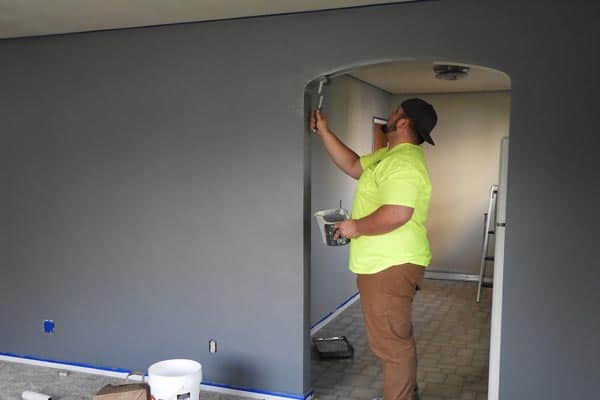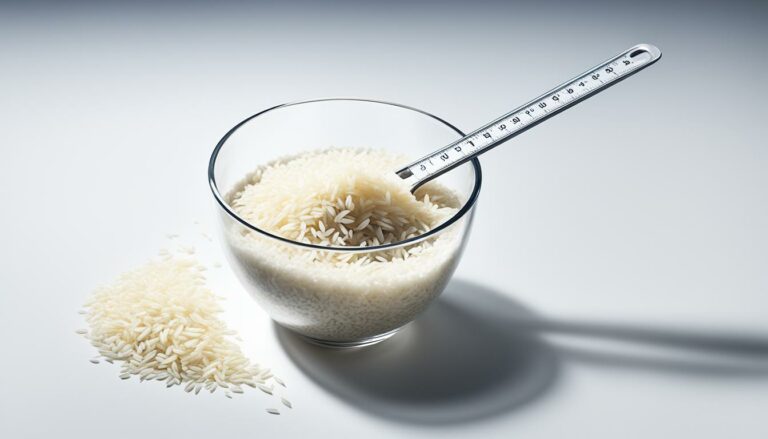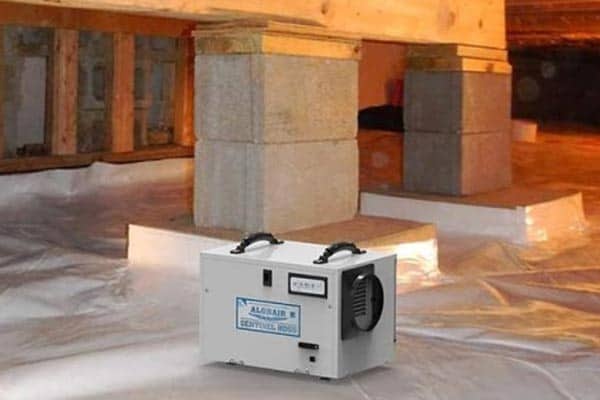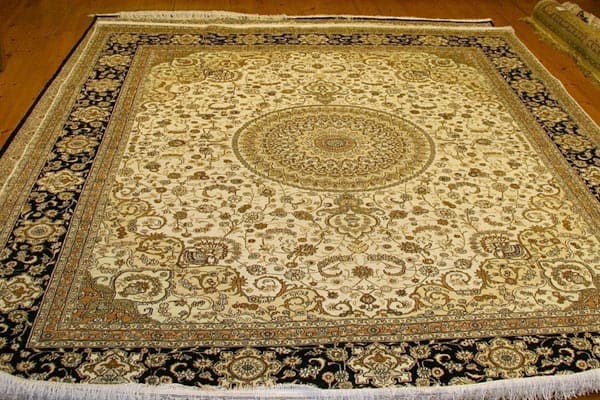The Biggest Differences Between Ceiling and Wall Paint
Are you thinking of adding a fresh coat of paint to your home to change the mood of the room? If so, did you know that the type of paint you use on your walls isn’t the same type that you’ll put on the ceiling?
You need two different kinds of paint to paint your ceilings and walls, and each type has special attributes and characteristics to consider.
Difference Between Ceiling Paint and Wall Paint
Ceiling paint gets formulated to cover all of the edges while hiding any imperfections in the ceiling, and it’s light and flat with a composition that allows it to not reflect any small irregularities. Wall paint is more durable, comes in different sheens to highlight your walls, and it’s easier to clean with soap and water. Wall paint is also thinner and requires two or more coats to get your desired look.
If you’re not sure which type of paint you need for your project or what else sets them apart, this is for you.
We’re going to break down the main differences, what is similar, and answer a few short popular questions about both paint types below.
Picking the Right Paint for Your Surface
Before we get into the differences between ceiling and wall paint in detail, you need to know what ingredients the paint contains. They have four essential but basic ingredients, including:
- Additives – Additives are the ingredients that give the paints their special characteristics and properties. This includes stain-blocking to keep stains from showing up on the paint’s surface.
- Pigment – Pigment makes up the color of your paint, and it can be several hues and shades of green, blue, yellow, pink, and more.
- Resin – Resin allows your paint to stick to whatever surface you apply it to.
- Solvents – This is the carrier in the paint that makes it a liquid and prevents it from turning solid while it sits in the container. Solvents will start to evaporate after you apply them to the surface or leave it exposed, and this is when the paint hardens.
Defining Ceiling Paint
Both wall paint and ceiling paint have similar colors, but ceiling paint has additives that make your painting project easier when you’re working at a vertical angle.
Ceiling paint comes with a softer extender pigment and binder, so it won’t survive vigorous scrubbing and cleaning like wall paint does.
However, it’s excellent at hiding any imperfections, covering edges, and it’s denser to give it a better quality.
Using Ceiling Paint on Your Walls
Ceiling paint comes as a flat paint with a sheen finish that makes it nice to blend on your lower ceilings.
You don’t want to divert the attention to your ceiling with a higher shine finish, so this blend is the best option. It has a flat sheen with an eggshell, satin, or pearl tint to it, and it leaves a very clean look.
The Biggest Differences Between Ceiling Paint and Wall Paint
There are a few big differences between ceiling paint and wall paint, and understanding them will help you get a good idea of which one you should use for your project.
Better Coverage
The finish on ceiling paint is very smooth to give it uniform coverage, and it can lend the appearance of the body to your ceilings.
You get opaque coverings with a single coat because it has a higher viscosity than wall paint, and this allows you to cover any imperfections.
Wall paint is slightly thinner to make it go on easier, but this also means that you have to put on more than one coat.
Colors
Some brands offer ceiling paint in lighter colors than wall paint, including pale yellow, pale blue, and pale pink that turns a white color as it dries.
It’s good because it allows you to see any missed areas and cover them with a second coat as the first starts to dry. Wall paints have a broader color palette without having to mix anything special.
Also, the paint you have available for walls is very flexible because you get the choice of dozens of hues in different finishes. A professional-grade painter can use this paint in different ways to create attractive patterns and designs.
Finish
Ceiling paint has a flat impact, so light doesn’t reflect on it, and this helps to hide any spots or irregularities on the surface.
It’s much more acceptable to have a shiny finish on wall paint, and this is why there are several sheens available. Shiny walls don’t hook the light incorrectly; a shiny ceiling would, so you have a little more choice.
Viscosity
Ceiling paint has several hiding abilities while offering a thicker viscosity. It has more significant solids in it, and this allows you to easily paint vertically without as many drops or spatters.
Wall paint is thicker to allow you to cover more areas, but you also have to apply more than one coat.
Types of Wall Paint
There is a broad range of wall paint types available, and you can choose from water or oil-based to start the process. Water-based paint is widely considered the easier of the two to handle, but oil-based can be more durable.
Comparing Water-Based Paint to Oil-Based Point
If you use water-based paints, you need to give your walls a thorough clean, and you can create an uneven surface by sanding the walls to give the paint some texture to help it adhere better, especially if the previous paint was oil-based. Oil-based paints go on very slick and smooth, but they’re prone to streaking and smearing.
Wall Paint Properties
Depending on the type of room you want to paint, you have several choices with wall paints. If you want to paint a bathroom, the paint should be both mold and water-resistant.
For your children’s rooms, the paint should be invulnerable, so it can stand up to hard scrubbing to make it easy to clean. This is the same thing to keep in mind for any paint you put in your kitchen.
Water-Based or Latex Wall Paint
Latex or water-based paint is more commonly called wall paint. It’s the most common type of paint used in interior paint jobs, and there are several important reasons for this that we’ll touch on below.
- Dries Very Quickly – Latex paint will dry very quickly due to the water being used as the fast evaporating solvent. It works well to quickly cover a surface without having to wait hours for the paint to dry.
- Durable – Wall paint is durable while being easy to clean with soap and water. In turn, this helps to maintain the look of the paint without you worrying about the paint chipping off when you scrub it or fade.
- Environmentally-Friendly – There aren’t many volatile or harmful chemicals in latex paint if any at all. This is beneficial if you have to paint around kids or pets because there are no strong fumes to worry about.
- Excellent Performance – You can use this type of paint on almost any wall type with the correct preparation.
- Flexible – The flexibility of this paint directly contributes to how durable it is. It’s able to move with a flexing surface without cracking or warping, and this makes it invaluable for an interior paint job.
- Several Finishes and Colors –If you’re someone who wants a unique color or a variety of colors to use to create an interior painting project, you’re spoiled for choice with this type of paint.
- Mildew-Resistant – There are special properties in this paint that allow it to stop moisture build-up and mildew growth. This will help improve the condition of your interior paint.
Which Paint Type Wins
You’ll have to do a little experimentation with trial and error to find your favorite types of paint.
For the ceiling, you should always pick out a high-viscosity ceiling paint and use it with a roller or brush while leaving the spray gun to the professionals.
The ceiling paint should dry opaque and quickly, so you only have to put one coat on it.
For wall paint, an elegant eggshell works nicely in the bedroom. You want something slightly more durable for the bathroom, kitchen, and kid’s rooms, so a semi-gloss will work well.
The living room looks very nice with a velvety matte finish and a semi-gloss trim to bring in a little depth.
Bottom Line
Now you know the main differences between ceiling paint and wall paint, and you can take this information and pick out the best type of paint for your upcoming project.
Remember to keep your ceiling paint flat and give your wall paint a slight sheen to make it more durable.






